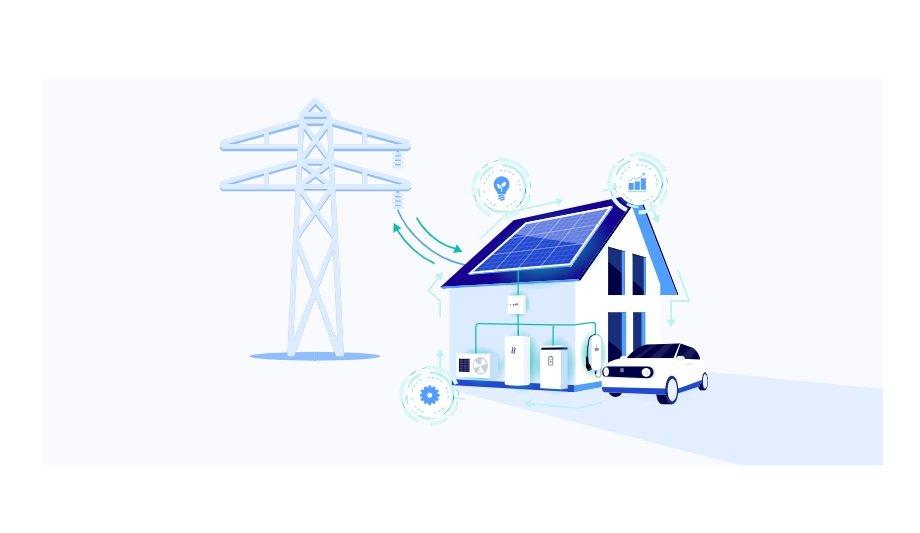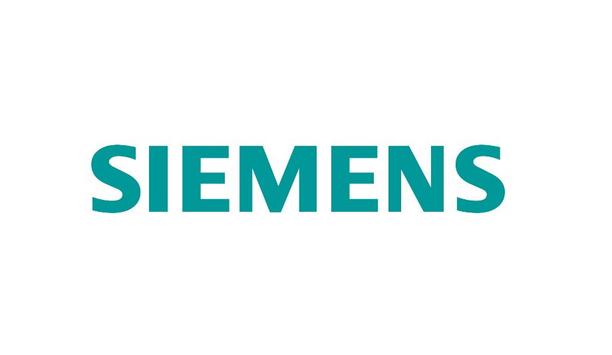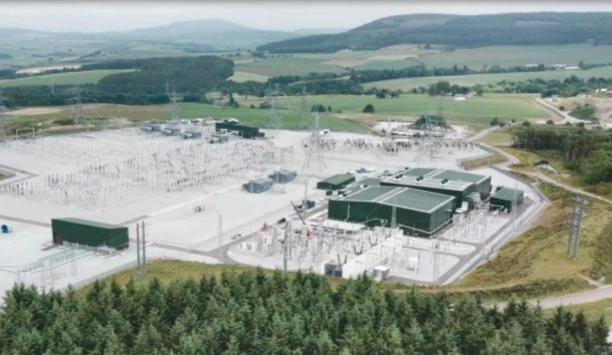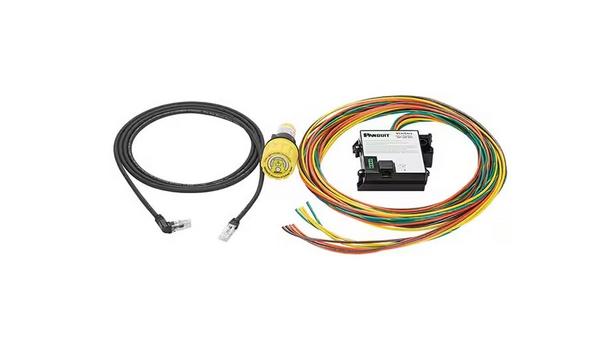Users have probably heard the term dynamic load management (DLM). Users may know that it supports power systems by allowing more charge points to run on existing grid infrastructure, thereby reducing upfront costs and recurring grid fees.
Users would also know that it assists with seamless vehicle grid integration, which is vital to making the adoption of electric vehicles (EVs) more widespread. But what benefits does it offer end users?
Dynamic load management
First, let’s cover the basics. Dynamic load management uses an advanced algorithm that controls charging points’ energy flows to avoid overloads at the grid connection point. It takes current building load and/or residual loads into account and optimally distributes the available energy between the charging stations on a phase-specific level, constantly optimizing the charging processes so that the entire electrical capacity is utilized.
But do these benefits flow onto the customers? The short answer is yes. The long answer users will find in the following 8 points of how dynamic load management specifically the features available on gridX’s Grid Protector module – benefits consumers.
1. Makes EV charging cheaper
Avoiding uncontrollable peak loads can reduce grid fees by up to €2,000 per charge point per year
Dynamic load management reduces the upfront investment costs in EV charging infrastructure by avoiding expensive grid extensions, starting at around €50,000. At the same time, avoiding uncontrollable peak loads can reduce grid fees by up to €2,000 per charge point per year.
Such savings can then be passed on to end users to make charging their electric cars more cost-effective. When paired with solar panels or a battery (more on that later), these savings can rise even further.
2. Makes EV charging more convenient
The vast majority of people have similar schedules – this means most people want to charge their car at work during the day or at home at night. As a first step, dynamic load balancing enables an increase of 8x as many charging processes spread throughout the day with existing mains connection power.
Increasing the number of available charging stations at a location already offers consumers more convenience. DLM also acts as a foundation for many other features, such as priority charging or advanced algorithms taking input about routes or state of charge into consideration which ensure that the needs of electric car drivers can always be met, regardless of what their charging behavior is.
3. Optimizes phases to maximize charging speeds
gridX’s load management balances the load symmetrically across all three phases by mapping the phases
Because electrical grids run on three phases, each specific conductor for each phase must be protected by actively controlling the EV charging on it. Without phase optimization, inaccurate assumptions could result in reduced charging speeds.
gridX’s load management, however, balances the load symmetrically across all three phases by mapping the phases, characterizing the connected EVs, and automatically reacting to unexpected charging behavior. This maximizes the utilization of the available grid capacity and enables charging processes to speed up by 50%, depending on the considered scenario.
4. Allows for different charging modes to suit users’ needs
With gridX’s Grid Protector module, operators can select different charging modes to adapt the charging behavior to the users’ specific requirements. For example: the power can be distributed evenly between all charging points; certain charging points can be constantly prioritized; the cars can be charged on a first come, first serve basis; or charging points can be scheduled to charge with different power outputs during particular time slots.
Customizing the algorithm based on the location and usual charging behaviors – a workplace would have very different requirements than an airport, for example – ensures that users always receive their desired and most suitable charge.
5. Eliminates power outages
Dynamic distribution of power means no overloads at the grid connection point
Dynamic distribution of power means no overloads at the grid connection point, which means no power system outages aka. blackouts.
Such events completely disrupt not only electric vehicle charging but also every aspect of consumers’ and businesses' lives.
6. Enables the integration of PVs and batteries
DLM solution enables the maximization of self-consumption, while also ensuring that the grid connection point is not breached. Using PV surplus charging means that connected EVs can be exclusively charged with PV surplus. If there is a lack of PV production, the battery, previously charged from surplus PV power, can be discharged to support charging needs.
This empowers users to take charge (pun intended) of their electric vehicle charging and see their sustainable contribution knowing it is being charged from local renewable power sources.
7. Support all models and manufacturers
DLM solution doesn’t care what make of car or brand of charge point consumers use. All protocols, manufacturers, and charging solutions are supported, which enhances the ease of charging for users.
8. Failsafe and uninterrupted operation
Users can enjoy completely uninterrupted charging operations due to our gridBox’s failsafe mode, which kicks in in the case of a metering failure.
In addition, an offline functionality enables local control and data processing to ensure a disruption in the internet connection doesn’t affect dynamic charging processes.






